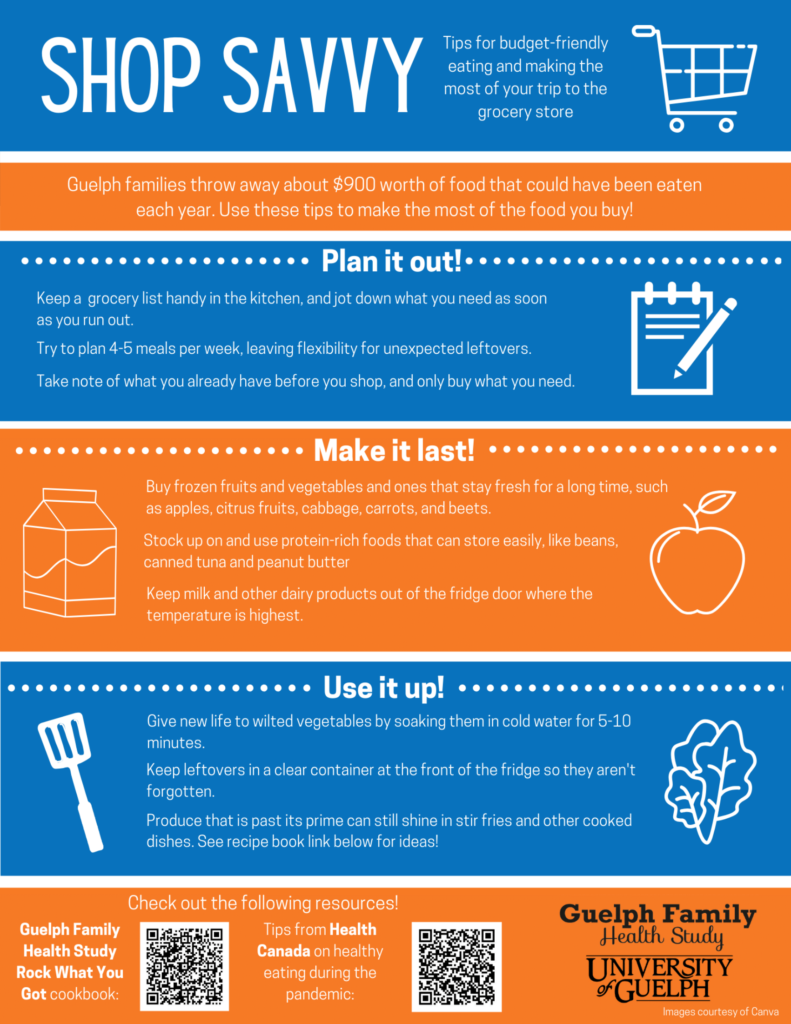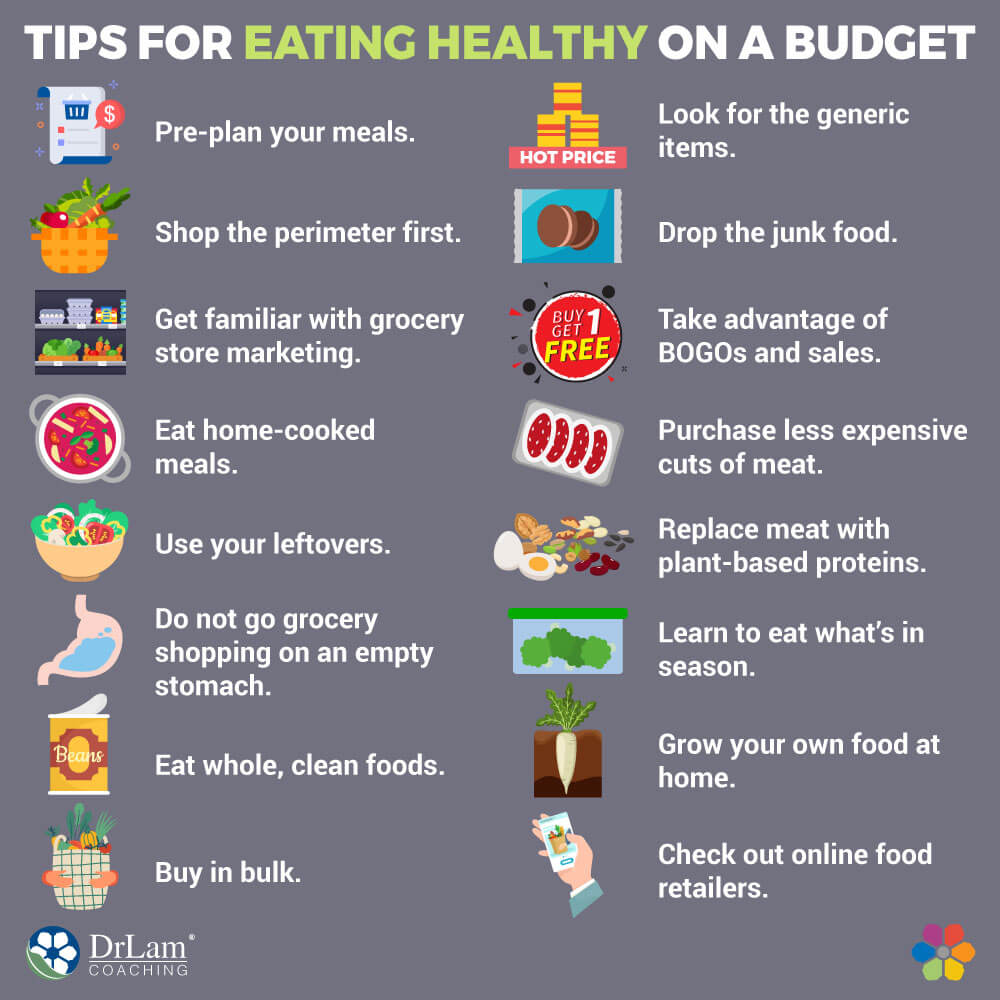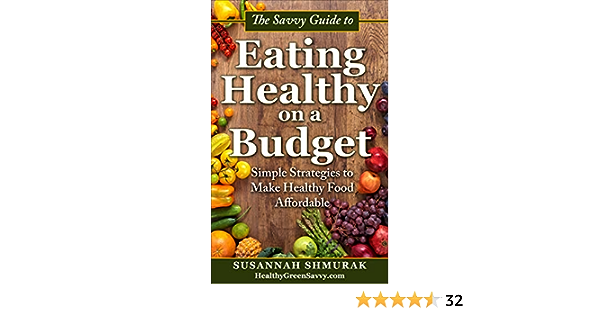I love eating healthy, but sometimes it can be tough on the wallet. That’s why I’ve put together a list of budget-savvy tips for making healthy food choices without breaking the bank. From shopping smart to getting creative in the kitchen, these tips will help you nourish your body while saving some serious cash. Whether you’re a college student on a tight budget or simply looking to cut down on your grocery bill, these tips will have you eating well without sacrificing your bank account.
Meal Planning

Plan your meals ahead
Planning your meals ahead is a great way to stay organized and save money. By taking the time to plan out what you will eat for the week, you can strategically choose meals that are both nutritious and budget-friendly. Consider using a meal planning app or even just a simple pen and paper to jot down your meal ideas for each day of the week. This will not only help you stay on track with your healthy eating goals but also ensure that you have all the necessary ingredients on hand.
Make a shopping list
Once you have your meals planned out, it’s time to make a shopping list. Having a list will help you stay focused at the grocery store and prevent you from buying items you don’t need. As you make your list, be sure to check your pantry and refrigerator to see what you already have. This will help you avoid buying duplicates of items you already have and reduce food waste. Additionally, organizing your shopping list by categories, such as produce, dairy, and pantry staples, can help you navigate the store more efficiently.
Shopping Strategies
Shop in bulk
When it comes to saving money, buying in bulk can be a game-changer. Many grocery stores offer bulk bins where you can purchase items like grains, nuts, and spices by weight. This not only reduces packaging waste but also allows you to buy exactly the amount you need, which can be more cost-effective. If you have enough storage space at home, consider buying larger quantities of non-perishable items such as rice, pasta, and canned goods. Buying in bulk can often result in significant savings over time.
Buy seasonal produce
Seasonal produce is not only fresher and tastier but also more affordable. When fruits and vegetables are in season, they are typically abundant and therefore cost less to produce. This cost savings is then passed on to the consumer, making it a great time to stock up on your favorite fruits and vegetables. One way to determine what’s in season is to shop at local farmers’ markets. These markets often feature locally grown, seasonal produce at competitive prices. Plus, supporting local growers helps your community’s economy thrive.
Compare prices
Before making a purchase, it’s always wise to compare prices. Different stores may have varying prices for the same items, so taking the time to shop around can help you find the best deals. Don’t forget to consider store flyers, coupons, and loyalty programs when comparing prices. These can offer additional savings that can add up over time. Online grocery shopping can also be a convenient option for comparing prices, as many websites allow you to easily compare prices between different retailers.
Smart Cooking Techniques
Learn to cook from scratch
One of the best ways to save money on food is by cooking from scratch. By preparing your meals at home, you have full control over the ingredients and portion sizes, which can lead to healthier choices and cost savings. Start by learning a few basic cooking techniques, such as sautéing, roasting, and boiling. As you become more comfortable in the kitchen, you can experiment with new recipes and flavors. Cooking from scratch doesn’t have to be complicated or time-consuming; there are plenty of simple and delicious recipes available online that can help you get started.

Make use of leftovers
Leftovers are a budget-savvy cook’s best friend. Instead of letting food go to waste, get creative and repurpose leftovers into new meals. For example, leftover roasted chicken can be transformed into a tasty chicken salad or added to a comforting soup. Leftover vegetables can be used to make a frittata or stir-fry. By using up leftovers, you not only stretch your food budget but also reduce food waste, which is good for both your wallet and the environment. Remember to store your leftovers properly in airtight containers to maintain their freshness.
Use cheaper cuts of meat
Meat can be one of the most expensive items on your grocery list, but that doesn’t mean you have to go without it. Instead of splurging on expensive cuts, opt for cheaper cuts of meat that can still be delicious and tender when prepared correctly. Slow cooking methods, such as braising or stewing, can transform tougher cuts of meat into flavorful and tender dishes. Additionally, consider incorporating more plant-based proteins into your meals, such as beans, lentils, and tofu. These alternatives are often more affordable and offer a variety of nutritional benefits.
Protein Sources
Include plant-based proteins
Plant-based proteins are not only budget-friendly but also excellent for your health. Foods like beans, lentils, chickpeas, and quinoa are packed with protein, fiber, and other essential nutrients. Incorporating more plant-based proteins into your meals can help reduce your grocery bill and also provide a range of health benefits. Try adding beans to soups or salads, using lentils as a meat substitute in dishes like tacos or burgers, or experimenting with recipes featuring tofu or tempeh.

Consider eggs and canned fish
Eggs and canned fish are two cost-effective protein sources that should not be overlooked. Eggs are versatile and packed with nutrients, including high-quality protein. They can be prepared in numerous ways, such as hard-boiled, scrambled, or poached, making them suitable for any meal of the day. Canned fish, such as tuna or salmon, is not only affordable but also a convenient source of omega-3 fatty acids. These can be incorporated into salads, sandwiches, or even made into fish cakes for a budget-friendly and nutritious meal.
Try legumes and lentils
Legumes and lentils are nutritional powerhouses that offer a multitude of health benefits. They are not only packed with protein but also rich in fiber, vitamins, and minerals. Best of all, they are incredibly budget-friendly. From black beans to chickpeas and lentils, there is a wide variety of legumes to choose from. Incorporate them into your meals by adding them to soups, stews, salads, or even making homemade bean burgers. Their versatility, affordability, and nutritional profile make them an excellent addition to any budget-friendly meal plan.
Incorporating Fruits and Vegetables
Buy frozen fruits and vegetables
Frozen fruits and vegetables are a convenient and affordable option for incorporating more produce into your diet. Contrary to popular belief, frozen fruits and vegetables can be just as nutritious as fresh ones. They are picked at their peak ripeness and then flash-frozen, which helps retain their nutrients. Additionally, buying frozen allows you to portion out only what you need, reducing food waste. Use frozen produce in smoothies, stir-fries, soups, or simply thaw them and enjoy as a snack.

Grow your own produce
If you have access to outdoor space or even a sunny windowsill, consider growing your own fruits and vegetables. Not only is gardening a rewarding and relaxing hobby, but it can also save you money on produce. Start small with herbs or salad greens, and as you gain confidence, expand your garden to include tomatoes, peppers, or even fruit trees, depending on your climate. Growing your own produce not only ensures a fresh and readily available supply of fruits and vegetables but also provides the satisfaction of knowing exactly how your food was grown.
Look for local farmers’ markets
Local farmers’ markets are a fantastic resource for finding fresh, locally grown produce at competitive prices. Not only do you have the opportunity to support local farmers and the community, but you can also find unique and seasonal ingredients that may not be available in traditional grocery stores. Many farmers’ markets offer lower prices on produce due to the direct nature of the transactions, cutting out the middleman. Take your time to stroll through the market, chat with the farmers, and discover the wide range of fruits and vegetables available.
Healthy Carbohydrate Options
Choose whole grains
When it comes to carbohydrates, whole grains are the way to go. Whole grains, such as quinoa, brown rice, and whole wheat pasta, are packed with fiber, vitamins, and minerals. They offer more nutrients and fewer processed ingredients compared to refined grains. While whole grains may be slightly more expensive than refined alternatives, they provide more satiety, meaning you’ll feel fuller for longer. Additionally, whole grains can often be bought in bulk, which can help save money in the long run.

Utilize budget-friendly starches
Starchy foods, such as potatoes, sweet potatoes, and corn, are affordable carbohydrate options that provide energy and essential nutrients. These budget-friendly starches can be used as the base of many meals, from comforting mashed potatoes to flavorful roasted vegetables. They are versatile and can be incorporated into numerous dishes, providing a satisfying and nutritious addition to your meals without breaking the bank. Plus, they often have a longer shelf life, making them a practical choice for those on a budget.
Minimize highly processed snacks
Highly processed snacks, such as chips, cookies, and sugary cereals, can be expensive and offer little nutritional value. By minimizing or eliminating these snacks from your grocery list, you can not only save money but also improve your overall health. Instead, look for healthier alternatives such as air-popped popcorn, homemade granola bars, or roasted chickpeas. These options can be made at a fraction of the cost of store-bought snacks, and you have control over the ingredients, making them a healthier choice.
Healthy Fats
Opt for affordable sources
While it’s important to include fats in your diet, they don’t have to be expensive. There are plenty of affordable sources of healthy fats that can be easily incorporated into meals. Olive oil, for example, is a staple in Mediterranean cuisine and can be used for cooking or as a dressing for salads. Avocados are another excellent source of healthy fats and can be used in sandwiches, salads, or mashed into guacamole. Other budget-friendly options include natural peanut butter, seeds, and coconut oil.
Use oils sparingly
While healthy fats are important, it’s essential to use oils sparingly, as they are high in calories. Too much oil can quickly add up in terms of cost and can also contribute to weight gain if consumed excessively. Be mindful of portion sizes when using oils for cooking or dressing. Consider using alternative cooking methods such as steaming or baking, which require little to no added oil. When using oils, opt for measuring spoons or a spritzer bottle to ensure you’re using just what you need.
Include nuts and seeds in meals
Nuts and seeds are not only a great source of healthy fats but also provide protein and other important nutrients. While they may seem expensive at first, remember that a little goes a long way. Incorporate nuts and seeds into your meals by sprinkling them on salads, adding them to baked goods, or simply enjoying them as a snack. Buying them in bulk can be cost-effective, as they have a long shelf life and can be stored in airtight containers to maintain their freshness.
Dairy and Alternatives
Compare prices and brands
When it comes to dairy products, it’s always a good idea to compare prices and brands. Different stores may offer different prices for the same dairy items, so taking the time to shop around can save you money. In addition to comparing prices, also compare product sizes to ensure you’re getting the best deal. Consider buying store brands or generic versions of dairy products, as they are often cheaper but still offer the same nutritional benefits. Keep an eye out for sales or promotions, as these can also help you grab a good deal on dairy items.
Consider plant-based alternatives
Plant-based alternatives to dairy products can be both cost-effective and healthy. Options such as almond milk, soy milk, or oat milk can be great alternatives for those who are lactose intolerant or following a vegan lifestyle. These plant-based milks can often be found at competitive prices and provide a similar nutritional profile to traditional dairy milk. Experiment with different brands and types of plant-based milk to find the one that suits your preferences and budget the best.
Beverage Choices
Choose tap water
Choosing tap water as your primary beverage can result in significant savings over time. Water is not only cost-free but also essential for staying hydrated and maintaining good health. Invest in a reusable water bottle to carry with you throughout the day, and refill it whenever needed. If you prefer flavored water, try infusing it with fruits or herbs for a refreshing twist. By choosing tap water, you not only save money but also reduce waste from single-use plastic bottles, benefiting both your wallet and the environment.
Make homemade drinks
Instead of purchasing expensive pre-packaged beverages, consider making your own at home. Whether it’s iced tea, lemonade, or fruit smoothies, homemade drinks can be healthier and cheaper than store-bought alternatives. Experiment with different flavors and ingredients to create refreshing and budget-friendly beverages. By making your own drinks, you have control over the quality and quantity of ingredients, allowing you to customize them to your liking and dietary preferences.
Limit sugary beverages
Sugary beverages not only add empty calories to your diet but can also be costly. Sugary drinks, such as soda, energy drinks, and bottled juices, are often high in added sugars and can quickly deplete your food budget. Instead, opt for healthier and more affordable alternatives, such as flavored water, unsweetened tea, or infused water. By limiting your consumption of sugary beverages, you not only save money but also reduce your intake of excess sugars, improving your overall health.
Eating Out on a Budget
Prioritize home-cooked meals
While dining out can be enjoyable, it can also be expensive. To save money, prioritize home-cooked meals and limit eating out to special occasions. Plan your meals in advance and prepare them at home using fresh and affordable ingredients. Not only will you save money, but you’ll also have full control over the ingredients and portion sizes, making it easier to make healthier choices. If you do choose to eat out, look for affordable options or consider splitting meals with a friend to save money and reduce food waste.
Find affordable options
When you do decide to eat out, look for affordable dining options in your area. Check out local restaurants that offer lunch specials or happy hour deals, as these can often be more budget-friendly than dinner menus. Another option is to explore street food or food trucks, which often offer tasty and affordable meals. Additionally, consider trying out ethnic restaurants, as they can offer unique flavors and dishes at reasonable prices. By seeking out affordable dining options, you can enjoy a meal out without breaking the bank.
Opt for lunch specials
Many restaurants offer lunch specials that are specifically priced to be more affordable. These specials often include smaller portions at a reduced price compared to dinner menus. Opting for lunch instead of dinner can be a great way to enjoy a meal out at a fraction of the cost. Additionally, consider dining during off-peak hours when restaurants may have discounts or promotions. By taking advantage of these lunch specials, you can satisfy your craving for eating out while still sticking to your budget and making savvy choices for your wallet.
In conclusion, healthy eating on a budget is entirely achievable with the right strategies and considerations. By implementing meal planning, smart shopping, and using cost-effective cooking techniques, you can enjoy nutritious and affordable meals every day. Remember to incorporate a variety of protein sources, fruits and vegetables, healthy carbohydrates, fats, and dairy alternatives into your diet while being mindful of portion sizes and avoiding highly processed snacks and sugary beverages. With a little creativity and planning, you can enjoy a healthy and budget-friendly diet that nourishes both your body and your wallet.


